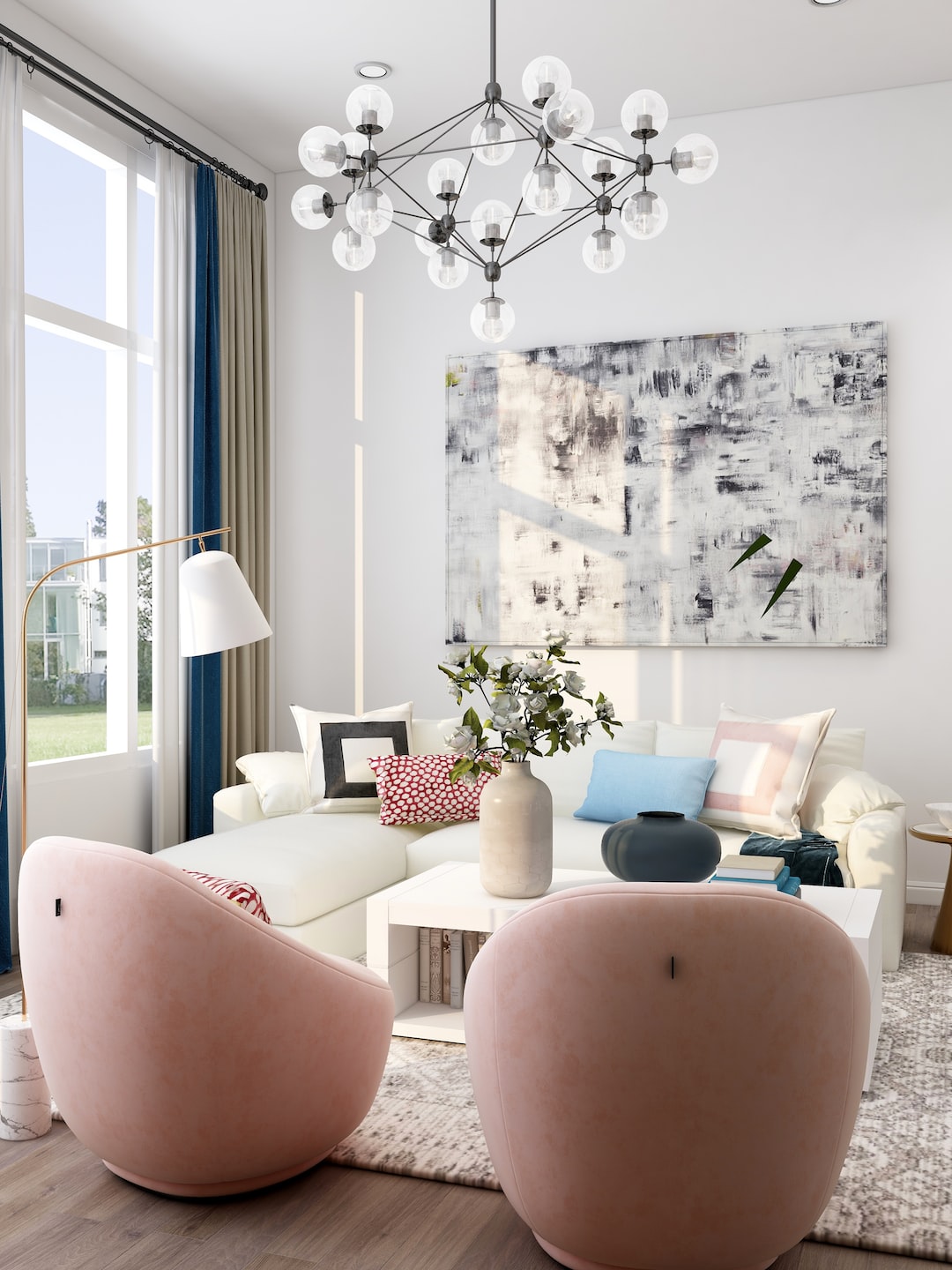The Art of Mix and Match: Blending Different Furniture Styles
Furniture is not just about functionality; it is also an expression of personal style and taste. When it comes to decorating our homes, many of us find ourselves torn between different furniture styles. Should we go with a modern, minimalist look? Or perhaps a more traditional, vintage feel? The truth is, there is no need to choose just one style. In fact, blending different furniture styles can create a unique and visually appealing space that reflects your personality. Welcome to the art of mix and match!
Mixing furniture styles is all about balance, harmony, and creating a cohesive look. Here are a few tips to get you started on your journey of blending furniture styles:
1. Start with a Neutral Base:
Begin by choosing a neutral color palette for your walls, flooring, and larger furniture pieces. Neutral shades such as white, beige, or gray serve as a blank canvas that allows different furniture styles to shine without overwhelming the space. With a neutral base, you have the freedom to experiment with a variety of styles and colors.
2. Find Common Elements:
Look for common elements or design characteristics that can tie your different furniture pieces together. It could be a similar color scheme, texture, or material. For example, if you have a modern sofa with clean lines, you can pair it with a vintage armchair that shares a similar fabric texture or color. These common elements create visual unity and prevent the space from feeling disjointed.
3. Consider Proportions:
Pay attention to the proportions of your furniture pieces to ensure a balanced and well-proportioned look. Mixing styles can be tricky if the pieces vary greatly in size and scale. If you have a large, bold statement piece, balance it out with smaller, more delicate pieces to create a sense of harmony. Similarly, if you have a mix of large furniture items, consider breaking them up with smaller accessories or accent pieces.
4. Embrace Contrast:
Contrast is a powerful tool when it comes to blending different furniture styles. The juxtaposition of contemporary and traditional elements can add visual interest and create a dynamic space. For example, pair a sleek, modern dining table with vintage, upholstered chairs. The contrast between the clean lines of the table and the intricate details of the chairs creates a captivating and unique aesthetic.
5. Layers and Textures:
One of the best ways to bring harmony to different furniture styles is through the use of layers and textures. Incorporate rugs, curtains, pillows, and throws that add depth and richness to the space. Mix different textures such as velvet, leather, or woven materials to create a tactile and inviting environment. These layers can help blend styles seamlessly and create a visually interesting space.
6. Trust Your Instincts:
Don’t be afraid to trust your instincts and let your personal style shine through. Mixing furniture styles is a creative process that allows you to showcase your individuality. If a certain piece of furniture speaks to you, don’t be afraid to incorporate it into your space, even if it may seem unconventional. After all, it’s your home, and it should reflect your personality and taste.
Blending different furniture styles is a skill that requires a careful balance of elements and a keen eye for aesthetics. However, it is also a playful and creative process that can result in a truly unique and captivating space. So, embrace the art of mix and match, and create a home that is a true reflection of your style and personality.

